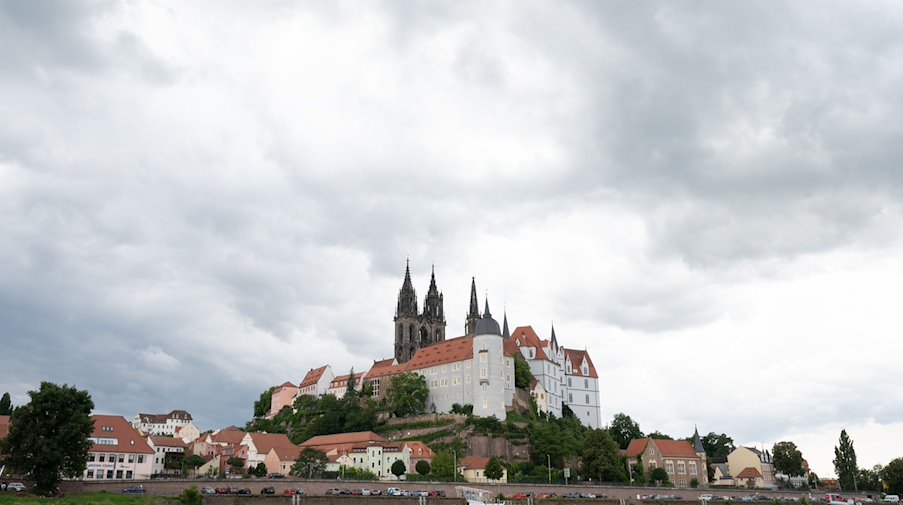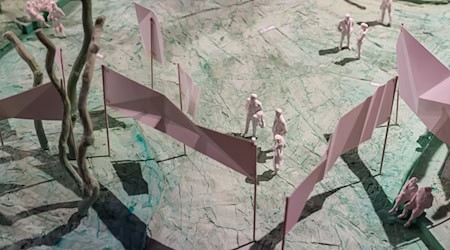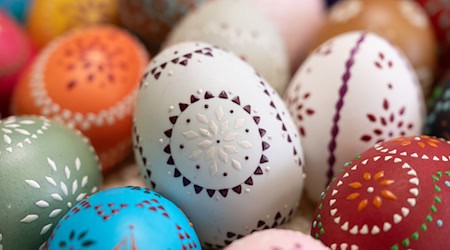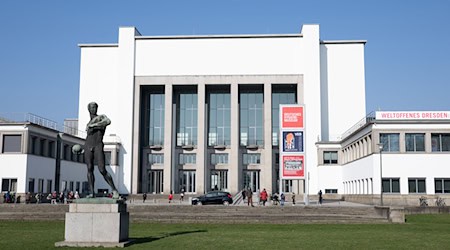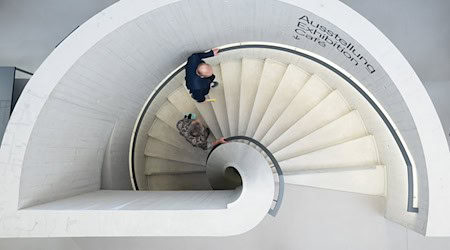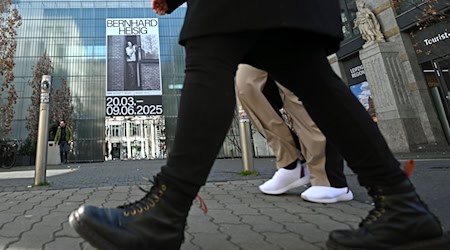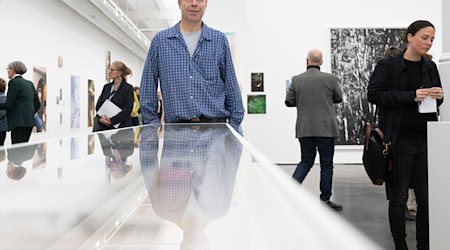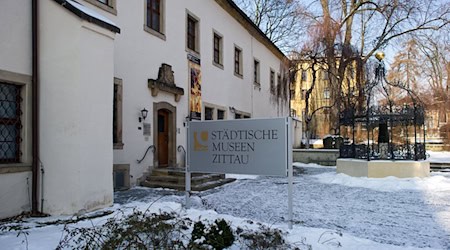The award of the Saxon electoral dignity to a Wettin six centuries ago is the occasion for an exhibition at Albrechtsburg Meissen. The show, entitled "Königsmacher," explores the question of who the Saxons are and how they got their name, as the State Palaces, Castles and Gardens gGmbH (SBG) announced on Thursday. The path of Frederick the Quarrelsome, whose power struggles led to the Electorate of Saxony and who thus gained a particularly powerful position in Europe - he was allowed to vote for Germany's king, he said. "In 1423, Saxony became Saxony."
This "milestone" in the state's history will reportedly be experienced up close in the Gothic vault of Germany's oldest palace until October 2024 - through historicals and a modern staging with installations, audio tracks and graphic novels for visualization when contemporary depictions were lacking. The audience can follow the power play around the Saxon electoral dignity, meet subjects of the Elector or pursue the question of who actually are "the Saxons" and how they came to their name.
The most valuable, almost two meters high largest exhibit is a part of the altarpiece of the collegiate church Ebersdorf in Chemnitz. The work of an unknown 15th-century master with wood-carved figures of the margrave couple was dismantled, restored in Dresden and is now protected in a display case. According to the SBG, one of the three sculptures is one of two known pictorial representations of Frederick the Quarrelsome (1370-1428).
Temporally, the span extends into the recent past. Thus, the "Saxony shelf" contains 50 private objects related to Saxon history - from a table clock from the 17th century to a GDR dollhouse to a unique children's tableware made of "white gold". That had been secretly decorated with little forest creatures by a flower painter at the Meissen Porcelain Manufactory - so that her little daughter would "learn to eat properly."
Copyright 2023, dpa (www.dpa.de). All rights reserved

